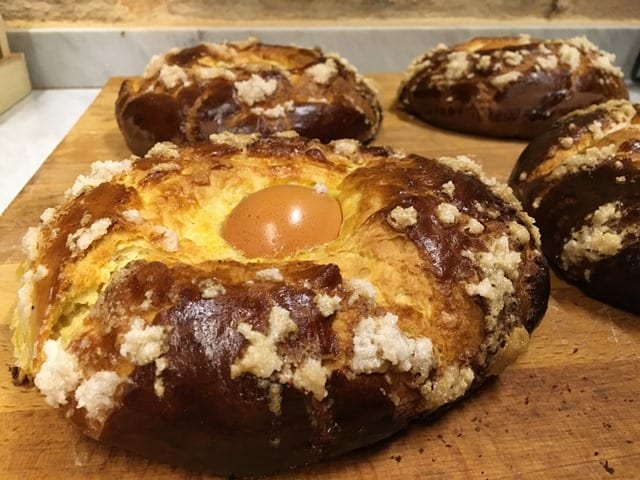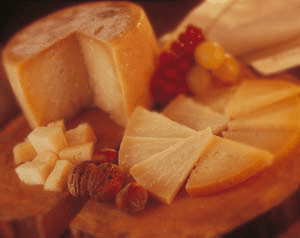Write: Monica Uriel. Journalist
Artisan ice cream, a cultural phenomenon in Italy, is experiencing a second renaissance there with a consumption that does not stop increasing. Italians, who have also dedicated the first museum in the world to this product, eat 12 kilos per head of ice cream a year. A business of more than 2.000 million euros.
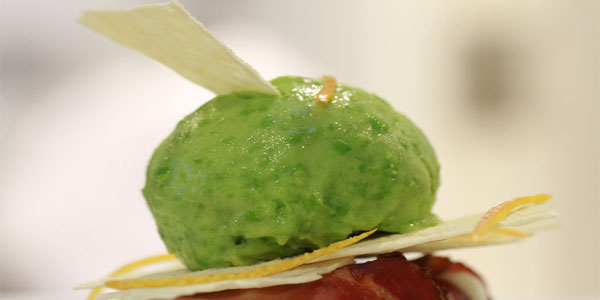
Teacher Donatella Panciera tells us her secret
Many Italian artisan ice cream makers -in. In Italy there are no less than 39.000 ice cream parlors of the 60.000 in Europe - they have been prepared in recent years by the master ice cream maker Donata Panciera. It was she who devised a method that she has exported all over the world and that explains to www.grandesproducts.com. “First of all, all the raw material is fresh. Then I use a mixture of sugars -some from corn-, very well studied. Before I started using this mixture, in 1975, only normal sugar was used in ice cream.
The mixture of sugars makes the ice cream very solid, without being fat like industrial ones. 25 years ago I introduced inulins, plant fibers found in fruits and vegetables. Until then only used in the pharmaceutical industry, and they absorb a lot of water. This goes well for ice creams where protein is scarce. ”Panciera tells us. The teacher Panciera, from a family of ice cream makers, is convinced that “making ice cream is more difficult than cooking.
The kitchen has a lot of creativity, while ice cream requires a lot of study, physics and chemistry, and always with a sacred figure in mind, the 14 degrees below zero it should be ”.
Donata Panciera, ice cream teacher
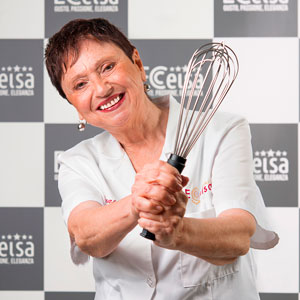
He says that "30 years ago many who claimed to be artisan ice cream makers in Italy actually did so with prepared industrial products." In recent years many young students from Panciera (www.donatapanciera.com) have been updated with their base method. Currently "artisan ice cream is now experiencing a second renaissance."
Ice cream can be made with everything
Ice cream can be made with anything, says the teacher, the author of many books. Like the one published in Spanish "The Italian artisan ice cream according to Donata Panciera" (www.lulu.com), even, as she does, with cheeses and vegetables, rose water and up to 15 different types of chocolate.
Panciera cites the reasons for the success of ice cream in Italy: it does not have a high cost, it is a playful, fresh, sweet product, it allows for socializing. It refers to the first pleasure of the newborn, he adds, sucking the mother's milk, and also, one could say, the phallic symbol of the cone.
Old refrigerator
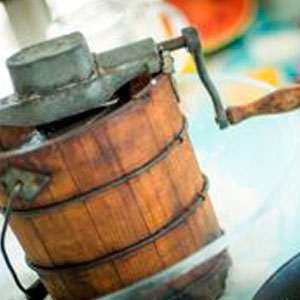
The history of ice cream
Ice cream began to spread in Italy after the Second World War. First only in the tourist towns and from the 60s throughout the country.
Some scholars place the origin of ice cream 3.000 years before Christ among the populations of the Far East, particularly in China. Mongolian invasions bring ice cream to Greece, Turkey. It is when it expands in other Mediterranean countries.
The word "sorbet" originates from "scherbet", which in Arabic means sweet snow. In the Middle Ages, sorbets disappeared from dining rooms. Accused of symbolizing sin, and in the fourteenth century the art of living and eating well resurfaced along with the consumption of sorbets.
With the arrival of new fruits, plants, aromas, spices, tea, coffee and cocoa in the sixteenth century came the triumph of the sweet cold. In particular at the banquets and parties of the Medici court in Florence. They were real ice creams, obtained by turning the liquid that was frozen in wooden vats filled with crushed ice and salt.
The first to introduce this novelty was Ruggeri, a Florentine chicken seller. This one won a sorbet contest in Florence.
Francesco Procopio dei Coltelli father of artisan ice cream
The considered father of frozen, non-frozen artisan ice cream is the Sicilian Francesco Procopio dei Coltelli. At the end of the XNUMXth century, he opened a café in Paris and put fruit, ice and salt in a metal ice cream maker. He managed to butter an ice cream.
At the beginning of the 1770th century, the sweet cold was already widespread in all the courts and capitals of Europe. While in Venice, Turin, Naples and Palermo special menus based on ice cream triumph. It came to the United States through the Genoese Giovanni Bosio, who in XNUMX opened the first ice cream parlor in New York.
The 1927th century is that of the invention of the edible cone. It was the idea of Italo Marchioni, who emigrated to the United States and who registered it. After the first automatic refrigerator was built in 50. In the 60s and XNUMXs the production of artisan ice cream ran the risk of disappearing with the success of industrial ice cream.
The ice cream museum
The whole history of ice cream, along with the first written recipe. 10.000 photographs and documents, as well as a score of old machines can be seen in the first ice cream museum in the world. Opened in Anzola dell'Emilia (Bologna) in 2012 by Carpigiani, a world leader in the production of ice cream machines.
Since 2003 there is the Universiad Carpigiani del ice cream, a professional training school for the production of artisan ice cream.
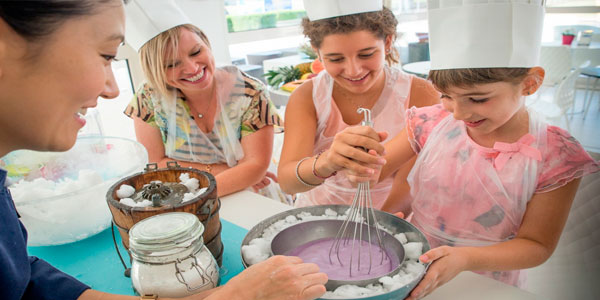
In the museum, which receives 15.000 visits a year, you can also taste old ice cream recipes, such as the Renaissance method based on ice, salt, sugar, fruit and water, and also learn how to make ice cream at home, as do the Italians, at any time of the year.
The ice cream museum (gelatomuseum.com) you will find it in the Catatur Guide (catatur.com).




